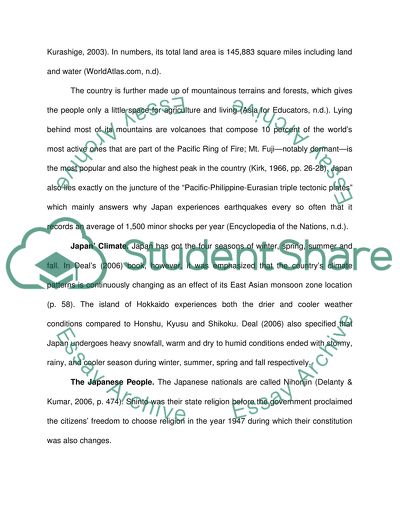Cite this document
(Japan: History, Population, and Facts Case Study, n.d.)
Japan: History, Population, and Facts Case Study. Retrieved from https://studentshare.org/geography/1566172-research-paper-about-geographic
Japan: History, Population, and Facts Case Study. Retrieved from https://studentshare.org/geography/1566172-research-paper-about-geographic
(Japan: History, Population, and Facts Case Study)
Japan: History, Population, and Facts Case Study. https://studentshare.org/geography/1566172-research-paper-about-geographic.
Japan: History, Population, and Facts Case Study. https://studentshare.org/geography/1566172-research-paper-about-geographic.
“Japan: History, Population, and Facts Case Study”, n.d. https://studentshare.org/geography/1566172-research-paper-about-geographic.


